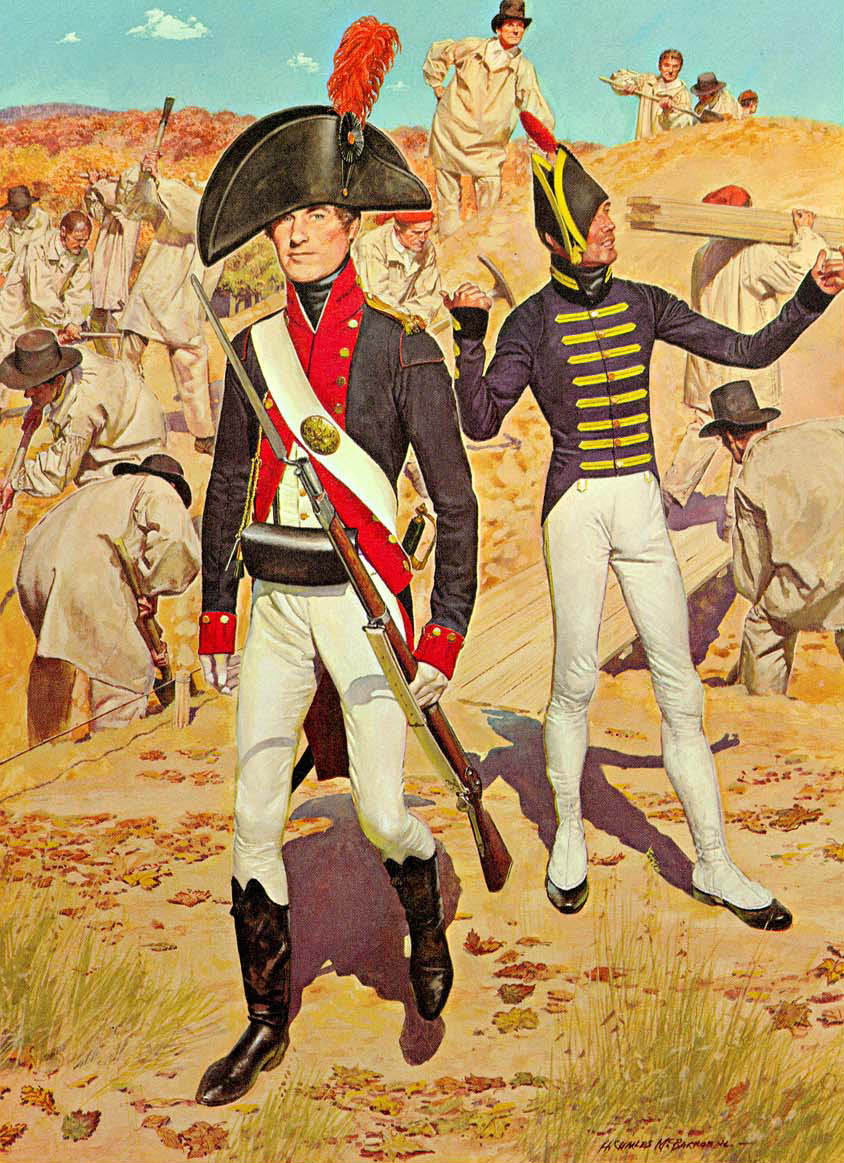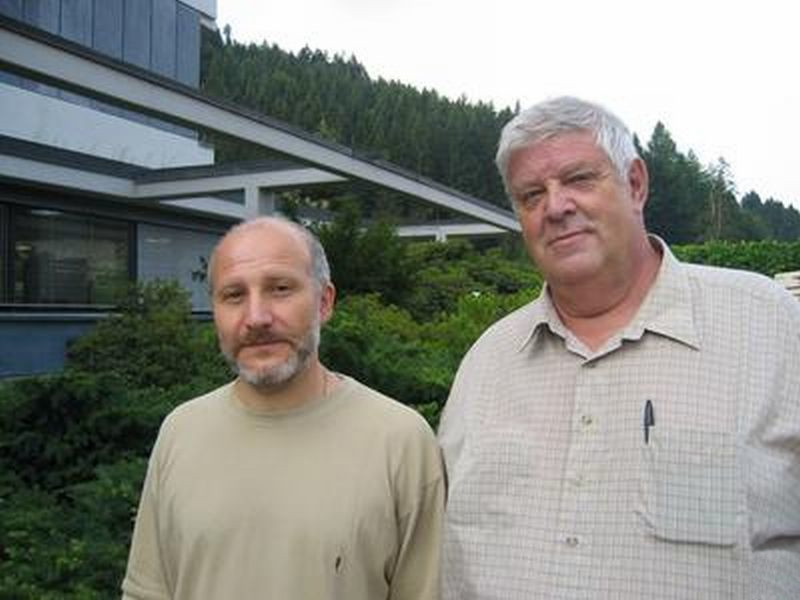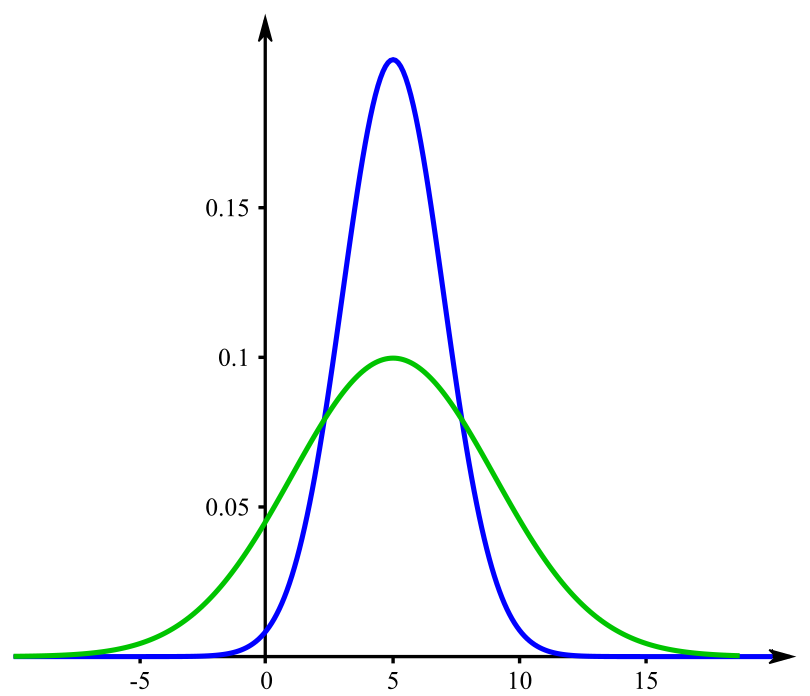|
Theodore P. Hill
Theodore Preston Hill (born December 28, 1943), professor emeritus at the Georgia Institute of Technology, is an American mathematician specializing mainly in probability theory. He is an Elected Member of the International Statistical Institute (1993), and an Elected Fellow of the Institute of Mathematical Statistics (1999). Contributions Hill discovered what many consider to be the definitive proof of Benford's law. He is also known for his research in the theories of optimal stopping (including secretary problems and prophet inequality problems) and of fair division, in particular the Hill-Beck land division problem. Hill has attracted widespread attention for a paper on the variability hypothesis, the theory that men exhibit greater variability than women in genetically controlled traits that he wrote with Sergei Tabachnikov. It was accepted but not published by ''The Mathematical Intelligencer''; a later version authored by Hill alone was peer reviewed and accepted by '' ... [...More Info...] [...Related Items...] OR: [Wikipedia] [Google] [Baidu] |
Flatbush, Brooklyn
Flatbush is a neighborhood in the New York City Borough (New York City), borough of Brooklyn. The neighborhood consists of several subsections in central Brooklyn and is generally bounded by Prospect Park (Brooklyn), Prospect Park to the north, East Flatbush, Brooklyn, East Flatbush to the east, Midwood, Brooklyn, Midwood to the south, and Kensington, Brooklyn, Kensington and Parkville to the west. The modern neighborhood includes or borders several institutions of note, including Brooklyn College. The area was home to the Canarsee people before contact with Europeans; many of the tribe's paths would become important roads through the region. Flatbush was originally chartered as the Dutch Nieuw Nederland colony town of Midwout, also called Vlachte Bos. It was one of the six original European towns on Long Island. The town remained primarily Dutch and rural in character until the latter half of the 19th century, when increasing rail and road connectivity to other parts of New Y ... [...More Info...] [...Related Items...] OR: [Wikipedia] [Google] [Baidu] |
Scientific American
''Scientific American'', informally abbreviated ''SciAm'' or sometimes ''SA'', is an American popular science magazine. Many scientists, including Albert Einstein and Nikola Tesla, have contributed articles to it, with more than 150 Nobel Prize-winners being featured since its inception. In print since 1845, it is the oldest continuously published magazine in the United States. ''Scientific American'' is owned by Springer Nature, which is a subsidiary of Holtzbrinck Publishing Group. History ''Scientific American'' was founded by inventor and publisher Rufus Porter (painter), Rufus Porter in 1845 as a four-page weekly newspaper. The first issue of the large-format New York City newspaper was released on August 28, 1845. Throughout its early years, much emphasis was placed on reports of what was going on at the United States Patent and Trademark Office, U.S. Patent Office. It also reported on a broad range of inventions including perpetual motion machines, an 1860 devi ... [...More Info...] [...Related Items...] OR: [Wikipedia] [Google] [Baidu] |
United States Military Academy At West Point
The United States Military Academy (USMA), commonly known as West Point, is a United States service academy in West Point, New York that educates cadets for service as commissioned officers in the United States Army. The academy was founded in 1802, and it is the oldest of the five American service academies. The Army has occupied the site since establishing a fort there in 1780 during the American Revolutionary War, as it sits on strategic high ground overlooking the Hudson River north of New York City. West Point's academic program grants the Bachelor of Science degree with a curriculum that grades cadets' performance upon a broad academic program, military leadership performance, and mandatory participation in competitive athletics. Candidates for admission must apply directly to the academy and receive a nomination, usually from a member of Congress. Students are officers-in-training and with the rank of cadet. Collectively, the students at the academy are the "United ... [...More Info...] [...Related Items...] OR: [Wikipedia] [Google] [Baidu] |
Flatbush, New York
Flatbush is a neighborhood in the New York City Borough (New York City), borough of Brooklyn. The neighborhood consists of several subsections in central Brooklyn and is generally bounded by Prospect Park (Brooklyn), Prospect Park to the north, East Flatbush, Brooklyn, East Flatbush to the east, Midwood, Brooklyn, Midwood to the south, and Kensington, Brooklyn, Kensington and Parkville to the west. The modern neighborhood includes or borders several institutions of note, including Brooklyn College. The area was home to the Canarsee people before contact with Europeans; many of the tribe's paths would become important roads through the region. Flatbush was originally chartered as the Dutch Nieuw Nederland colony town of Midwout, also called Vlachte Bos. It was one of the six original European towns on Long Island. The town remained primarily Dutch and rural in character until the latter half of the 19th century, when increasing rail and road connectivity to other parts of New Y ... [...More Info...] [...Related Items...] OR: [Wikipedia] [Google] [Baidu] |
Retraction Watch
Retraction Watch is a blog that reports on retractions of scientific papers and on related topics. The blog was launched in August 2010 and is produced by science writers Ivan Oransky (Former Vice President, Editorial ''Medscape'') and Adam Marcus (editor of ''Gastroenterology & Endoscopy News''). Its parent organization is the Center for Scientific Integrity, a US 501(c)(3) nonprofit organization. Motivation and scope In 2011, Oransky and Marcus pointed out in ''Nature'' that the peer review process for scholarly publications continues long after the publication date. They were motivated to launch ''Retraction Watch'' to encourage this continuation and to increase the transparency of the retraction process. They observed that retractions of papers generally are not announced, that the reasons for retractions are not publicized, and that other researchers or the public who are unaware of the retraction may make decisions based on invalid results. Oransky described an example ... [...More Info...] [...Related Items...] OR: [Wikipedia] [Google] [Baidu] |
The New York Journal Of Mathematics
The ''New York Journal of Mathematics'' is a peer-reviewed journal focusing on algebra, analysis, geometry and topology. Its editorial board, , consists of 17 university-affiliated scholars in addition to the Editor-in-chief. Articles in the ''New York Journal of Mathematics'' are published entirely electronically (on the World Wide Web). The journal uses the Open access#Subsidized open access publications, diamond open access model—that is, its full content is available to anyone via the Internet, without a subscription or fee. History The journal was founded in 1994 by Mark Steinberger who cited a 1993 letter by John Franks as inspiration. At the time of its launch, the ''New York Journal of Mathematics'' was the "first electronic general mathematics journal", predating the online versions of both ''Zentralblatt MATH'' and the journals in ''Mathematical Reviews''. It was published by the State University of New York at Albany where Steinberger had been a professor since 1987. S ... [...More Info...] [...Related Items...] OR: [Wikipedia] [Google] [Baidu] |
The Mathematical Intelligencer
''The Mathematical Intelligencer'' is a mathematical journal published by Springer Science+Business Media that aims at a conversational and scholarly tone, rather than the technical and specialist tone more common among academic journals. Volumes are released quarterly with a subset of open access articles. Some articles have been cross-published in the ''Scientific American''. Karen Parshall and Sergei Tabachnikov are currently the co-editors-in-chief. History The journal was started informally in 1971 by Walter Kaufmann-Buehler and Alice and Klaus Peters. "Intelligencer" was chosen by Kaufmann-Buehler as a word that would appear slightly old-fashioned. An exploration of mathematically themed stamps, written by Robin Wilson, became one of its earliest columns. Prior to 1977, articles of the ''Intelligencer'' were not contained in regular volumes and were sent out sporadically to those on a mailing list. To gauge interest, the inaugural mailing included twelve thousand people ... [...More Info...] [...Related Items...] OR: [Wikipedia] [Google] [Baidu] |
The Scientist (magazine)
''The Scientist'' is a professional magazine intended for life scientists. ''The Scientist'' covers recently published research papers, current research, techniques, and other columns and reports of interest to its readers. The magazine is published monthly and is available in print and digital formats. Overview The main purpose of the magazine is to provide print and online coverage of the latest developments in life sciences research, technology, careers, and business. Subject matters covered by the magazine include groundbreaking research, industry innovations, careers, financial topics, the economics of science, scientific ethics, profiles of scientists, lab tools, scientific publishing, techniques, product spotlight, and guides. History ''The Scientist'' was founded in 1986 by American businessman Eugene Garfield as part of his academic publishing service ''Institute for Scientific Information.'' The publishing house was sold two years later to ''JPT Publishing'', but Eug ... [...More Info...] [...Related Items...] OR: [Wikipedia] [Google] [Baidu] |
Sergei Tabachnikov
Sergei Tabachnikov, also spelled Serge, (born in 1956) is an American mathematician who works in geometry and dynamical systems. He is currently a Professor of Mathematics at Pennsylvania State University. Biography He earned his Ph.D. from Moscow State University Moscow State University (MSU), officially M. V. Lomonosov Moscow State University,. is a public university, public research university in Moscow, Russia. The university includes 15 research institutes, 43 faculties, more than 300 departments, a ... in 1987 under the supervision of Dmitry Fuchs and Anatoly Fomenko. He has been living and working in the USA since 1990. From 2013 to 2015 Tabachnikov served as Deputy Director of the Institute for Computational and Experimental Research in Mathematics (ICERM) in Providence, Rhode Island. He is now Emeritus Deputy Director of ICERM. He is a fellow of the American Mathematical Society. He has served as Editor-in-Chief of the journal ''Experimental Mathematics (journal ... [...More Info...] [...Related Items...] OR: [Wikipedia] [Google] [Baidu] |
Variability Hypothesis
The variability hypothesis, also known as the greater male variability hypothesis, is the hypothesis that human males generally display greater variability in traits than human females do. It has often been discussed in relation to human cognitive ability, where some studies appear to show that males are more likely than females to have either very high or very low Intelligence quotient, IQ test scores. In this context, there is controversy over whether such sex-based differences in the variability of intelligence exist, and if so, whether they are caused by genetic differences, environmental conditioning, or a mixture of both. Sex-differences in variability have been observed in many abilities and traits – including physical, psychological and genetic ones – across a wide range of sexual dimorphism, sexually dimorphic species. On the genetic level, the greater phenotype variability in males is likely to be associated with human males being a heterogametic sex, while females ... [...More Info...] [...Related Items...] OR: [Wikipedia] [Google] [Baidu] |
Fair Division
Fair division is the problem in game theory of dividing a set of resources among several people who have an Entitlement (fair division), entitlement to them so that each person receives their due share. The central tenet of fair division is that such a division should be performed by the players themselves, without the need for external arbitration, as only the players themselves really know how they value the goods. There are many different kinds of fair division problems, depending on the nature of goods to divide, the criteria for fairness, the nature of the players and their preferences, and other criteria for evaluating the quality of the division. The archetypal fair division algorithm is divide and choose. The research in fair division can be seen as an extension of this procedure to various more complex settings. Description In game theory, fair division is the problem of dividing a set of resources among several people who have an Entitlement (fair division), entitlem ... [...More Info...] [...Related Items...] OR: [Wikipedia] [Google] [Baidu] |





